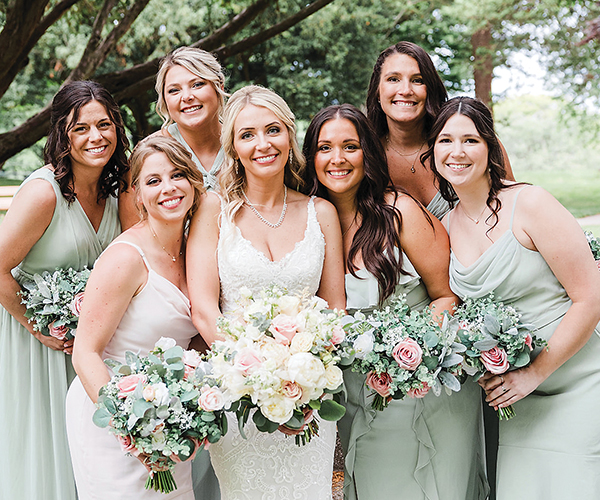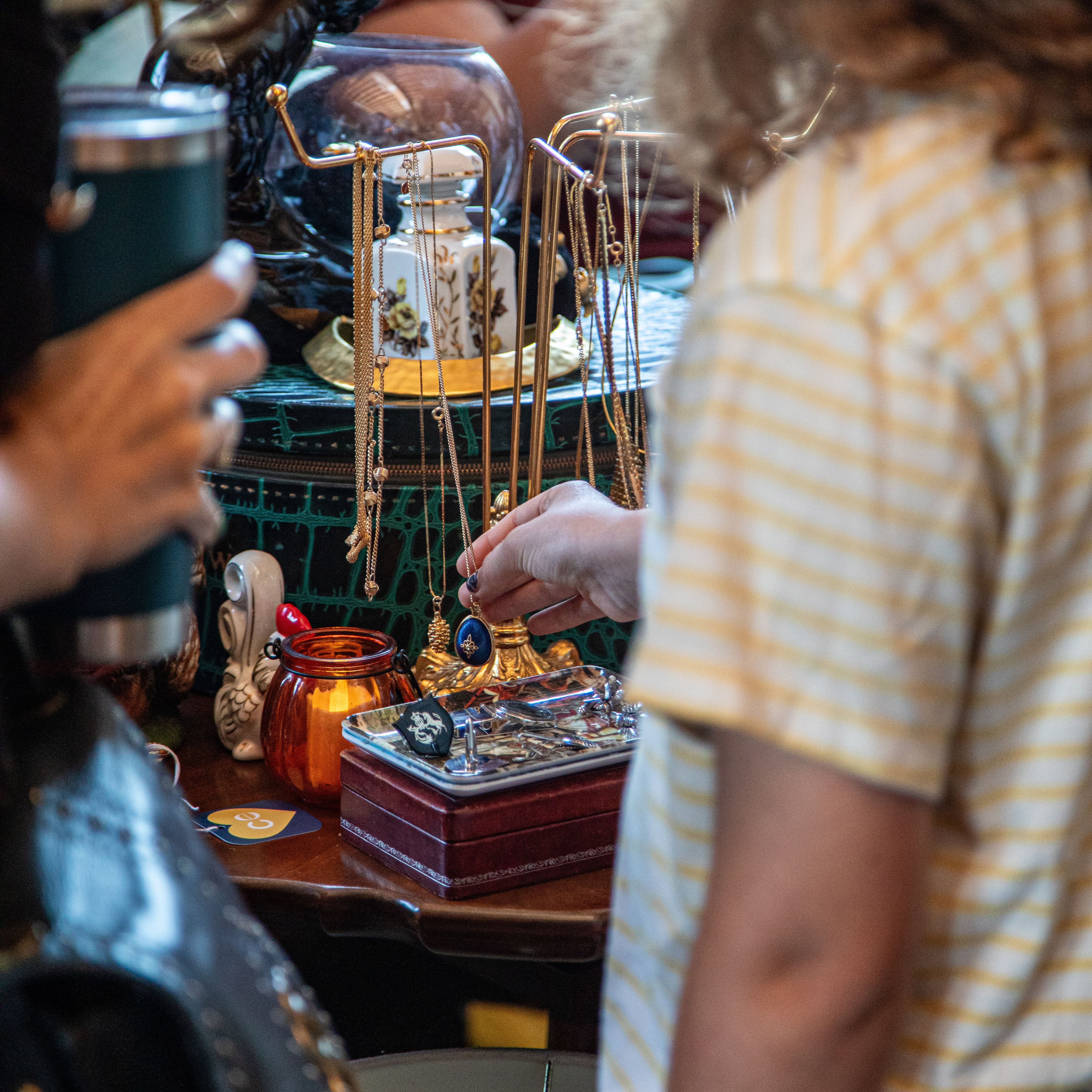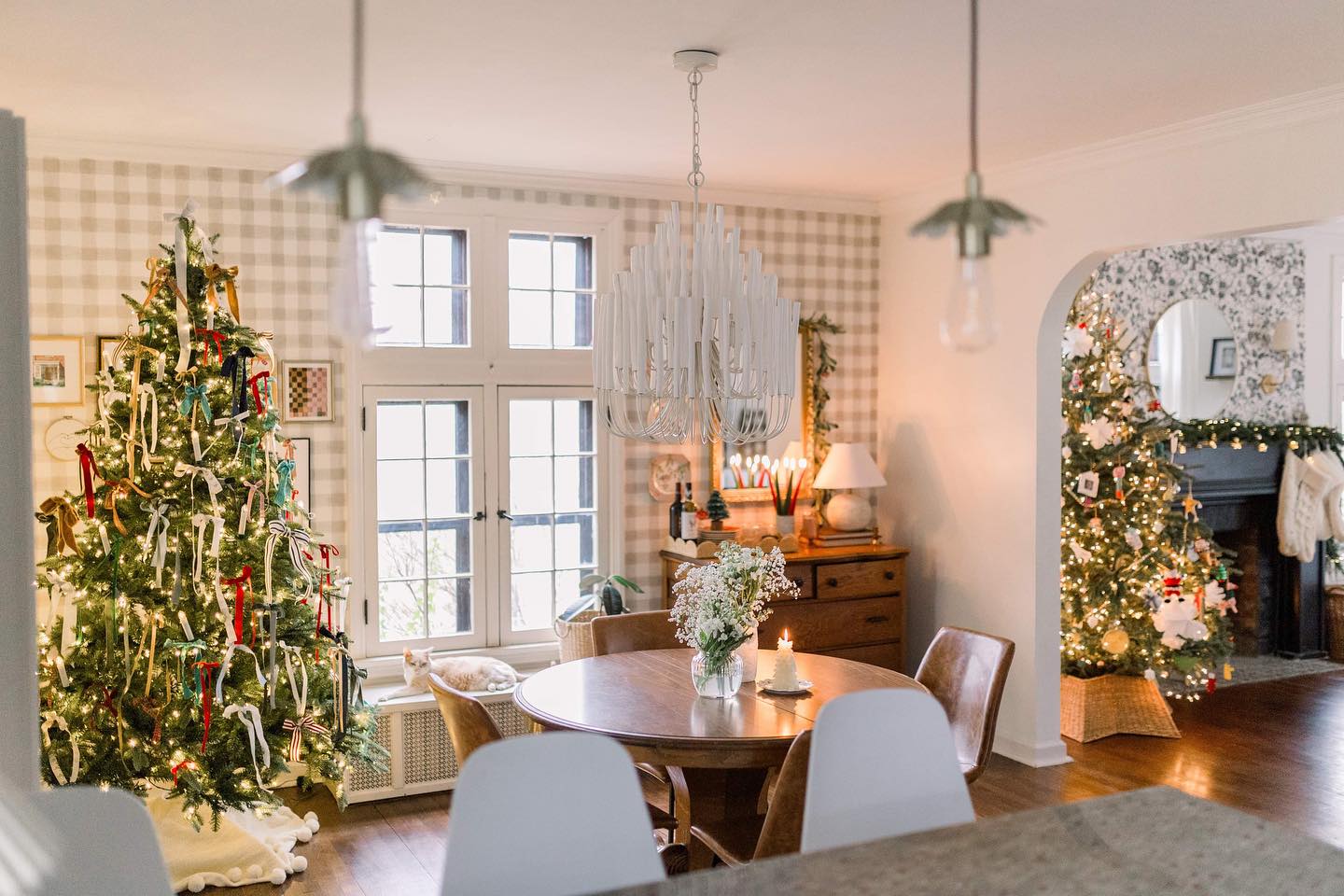How Drift Lab Creates Sustainable Dye for Clothes
Jessa Boeke and Sarah Pottle host hands-on workshops to raise awareness about natural dyes and fibers.
by Arbela Capas | Apr. 8, 2022 | 12:00 PM
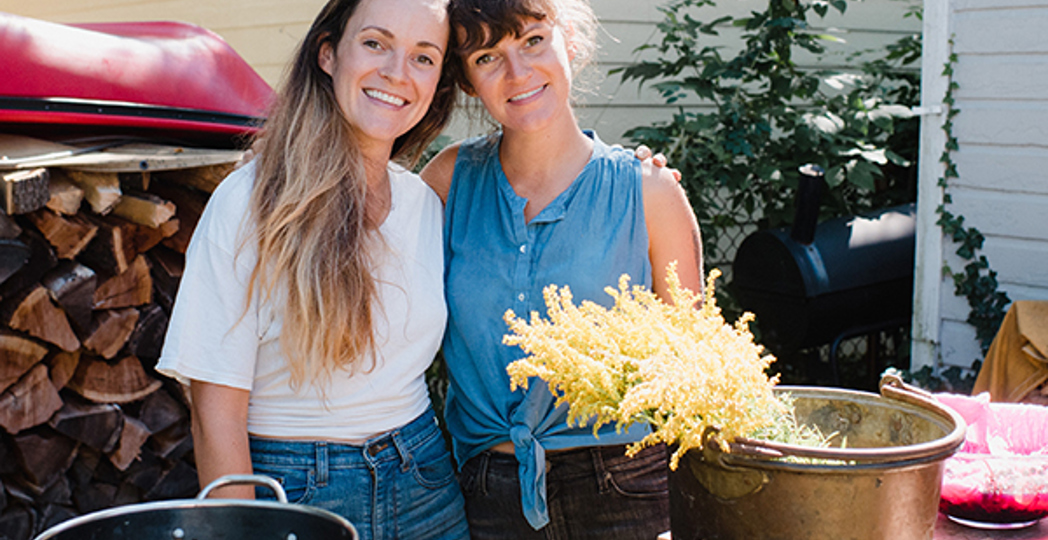
Emily Millay Photography
Most of us don’t think much about the origin of our clothing. The shirts we put on our backs, although right against our skin, are usually separated mentally from the journey they went on to get to us.
Sisters Jessa Boeke and Sarah Pottle are aiming to change that.

And it happened more or less by accident. While working on furniture reupholstering projects, they found themselves falling short of materials that caught their eye. “We were looking for textiles that we actually liked but couldn’t really find anything that met our taste,” says Boeke. “And so we started designing our own textiles, really utilizing natural dyes and kind of just totally falling down the rabbit hole of natural dyes.”
The rabbit hole led the sisters to open Drift Lab in 2012, a natural dye studio located on their family farm in Medina that showcases the possibilities of natural materials, instead of synthetic dyes and plastic fibers.
“It’s just one small part of readjusting and reassessing an incredibly destructive industry,” says Pottle.

That fixation on natural fibers inspired the sisters to launch Rustbelt
Fibershed in 2017, a collective to support locally grown textiles within a 250-mile radius of Cleveland — and it starts with hands-on education. Most people have no idea, for example, that microplastics and dyes come off our clothes in the washing machine, often ending up in our lakes, rivers and even our drinking water.
“People are disconnected from where their clothing comes from,” says Pottle.
For the sisters, reconnection comes one workshop at a time.
If you can show someone how to dye a bandana using fresh-picked flowers, it might mean one less order placed on Amazon. If you can teach someone how to use the humble onion to give their socks a new hue, it might just inspire them to think a bit more about their footprint on this earth.
“When you can use something that’s as interesting as color, as artful as color, it helps connect people to the source of their material,” says Pottle.
To Dye For
Cancel that trip to Michael’s. While dying your clothes is a growing trend, incorporating natural dyes is an even better way to upgrade your wardrobe.
Onion Skins: For a beginner-friendly project, try using onion skins, which create a subtle yellowish or beige color. “You just basically make a tea out of the onion skins in a pot,” says Boeke. “You’ll see all of the color from the onion skin go into the water.”

Avocado Pits: No need to throw out your avocado pit after making your morning toast; it could be used to give your clothes a glow by simmering them together in hot water. “It’ll create like a pink or like a rose color,” says Boeke.

Flowers: Create a natural dye garden in your backyard by planting flowers such as black knight scabiosas (purple) or tango cosmos (orange) and then use a steaming process to transfer various colors into your clothing.
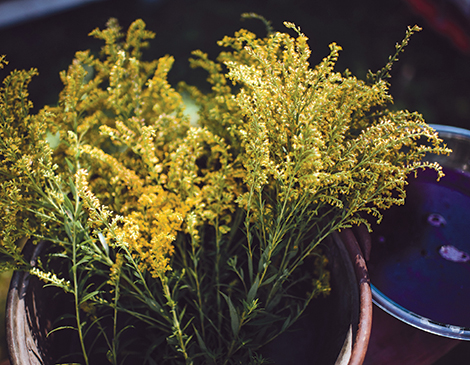
Trending
-
1
-
2
-
3
-
4
-
5


